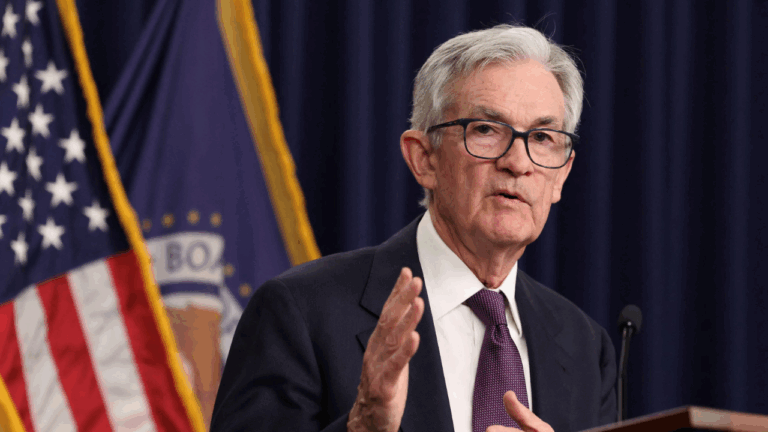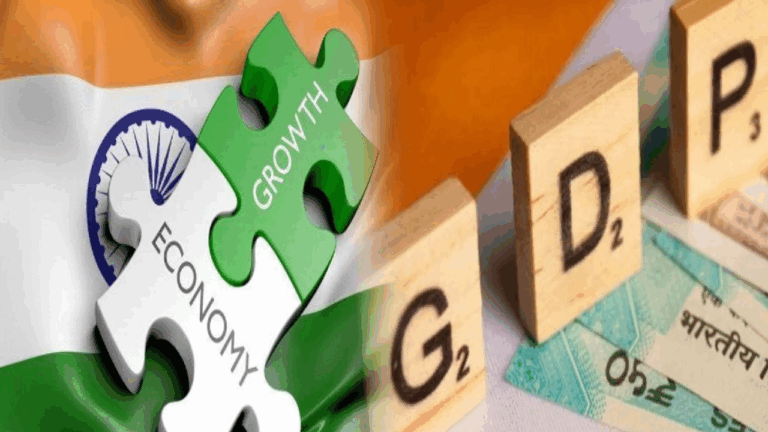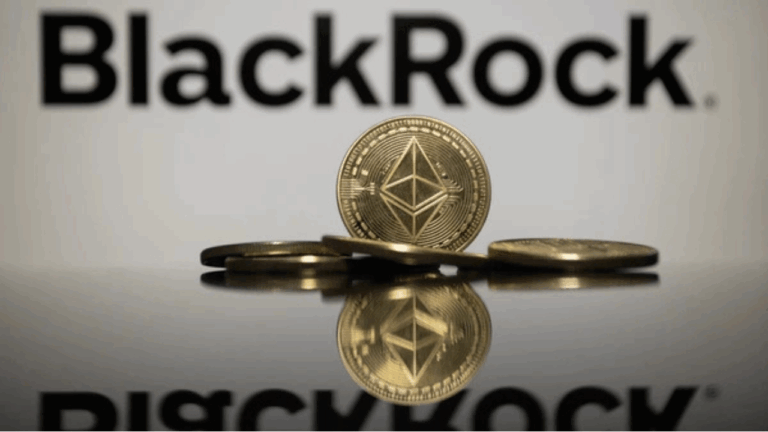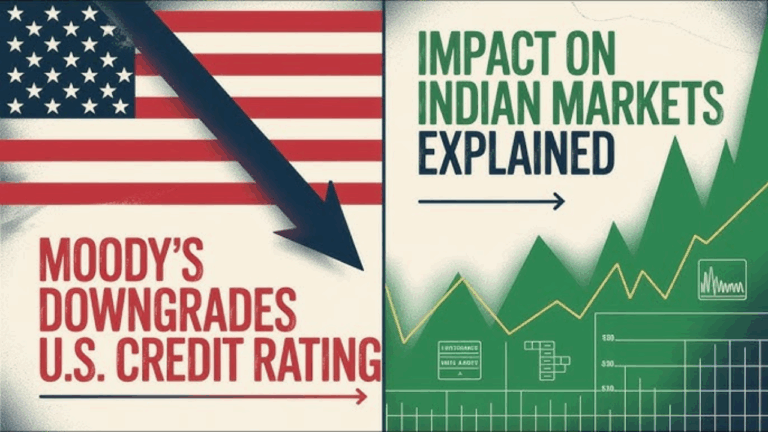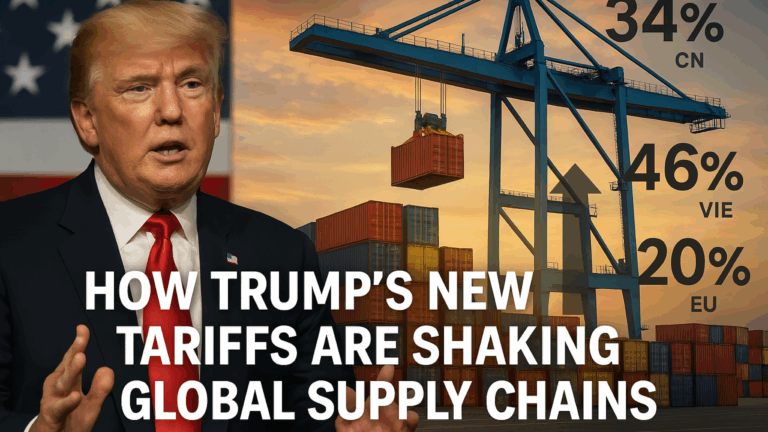The Shift Away from the U.S. Dollar in 2025: What the World Is Doing and Why It Matters
A Simple Guide to the New Global Currency Trends That Could Impact Everyone
In recent years, countries around the world have started to slowly move away from the U.S. dollar in global trade and finance. This trend, called de-dollarization, is becoming stronger in 2025, and it’s changing how nations do business, manage their money, and even form alliances.
So what does this mean for the world — and for India?
Let’s break it all down in simple terms, right here on AP News.
Why Is the U.S. Dollar So Important?
For decades, the U.S. dollar has been the most trusted currency in the world. Countries use it to trade goods like oil, gold, and food. Many central banks keep dollars in their reserves as a safety net. In fact, more than half of all global trade is still done in U.S. dollars.
But now, the world is slowly changing.
Why Are Countries Moving Away from the Dollar?
There are a few key reasons:
1. U.S. Sanctions
Countries like Russia and Iran have faced U.S. sanctions that freeze their dollar accounts. To avoid this risk, they’re looking for safer ways to trade.
2. Desire for Independence
Many nations want to reduce their dependency on the U.S. economy. They’re trying to protect their own financial systems from global shocks.
3. Better Local Currencies
Currencies like the Chinese yuan and the euro are becoming more stable and popular. They are being used more in trade deals and investments.
4. Digital Payments and Gold
Digital currencies and gold are being used more by central banks as alternatives to the dollar.
Dollar’s Declining Role in Global Trade
As per recent global finance reports, the U.S. dollar’s share in world currency reserves dropped to below 58% at the end of 2024. That’s the lowest it has been in decades.
This shift may seem slow, but it is steady.
Who Is Leading This Change?
Many countries are now trying to reduce their reliance on the dollar:
- China and Russia are using their own currencies in trade.
- India has signed deals to trade in rupees with countries like Russia and Sri Lanka.
- Brazil and South Africa are also pushing for less dollar use within the BRICS group.
- Gulf nations like Saudi Arabia are exploring selling oil in Chinese yuan.
This means the dollar is no longer the only choice when it comes to international payments.
How Is This Changing Global Trade?
This shift is changing how countries do business:
- More bilateral trade deals are being signed in local currencies.
- Some countries are creating digital currencies to support faster and safer global payments.
- Gold reserves are rising in many central banks as a backup.
This could lead to more balanced trade, especially between countries in Asia, Africa, and Latin America.
🇮🇳 What This Means for India
India stands to benefit in many ways:
- Stronger Rupee in Trade: Trading in rupees can lower currency exchange costs.
- New Trade Partnerships: India can form stronger ties with countries that want to move away from the dollar.
- Better Investment Options: Investors may be more willing to explore rupee-based bonds and deals.
India is already exploring rupee-rouble, rupee-dirham, and rupee-yuan trades. This is good for the economy and reduces our dependency on the dollar.
What’s Next?
The U.S. dollar isn’t going away anytime soon. But the world is no longer relying on it as heavily as before. In the next few years, we can expect to see:
- More local currency trade
- Growth of digital currencies
- Stronger regional partnerships
This change is slow but important. It gives countries like India more power and freedom in global finance.
FAQs
Q1: What is de-dollarization?
It means countries are reducing their use of the U.S. dollar in trade and finance.
Q2: Why is this happening now?
Because of global politics, economic risks, and the rise of new currencies and digital systems.
Q3: Is the dollar going to collapse?
No, but it won’t remain the only choice for global trade in the future.
Q4: How does this help India?
It allows India to promote the rupee and save on exchange costs.
For more updates on world trends, currency news, and economic changes, keep reading AP News.
Bookmark our site for reliable, easy-to-understand world news.


